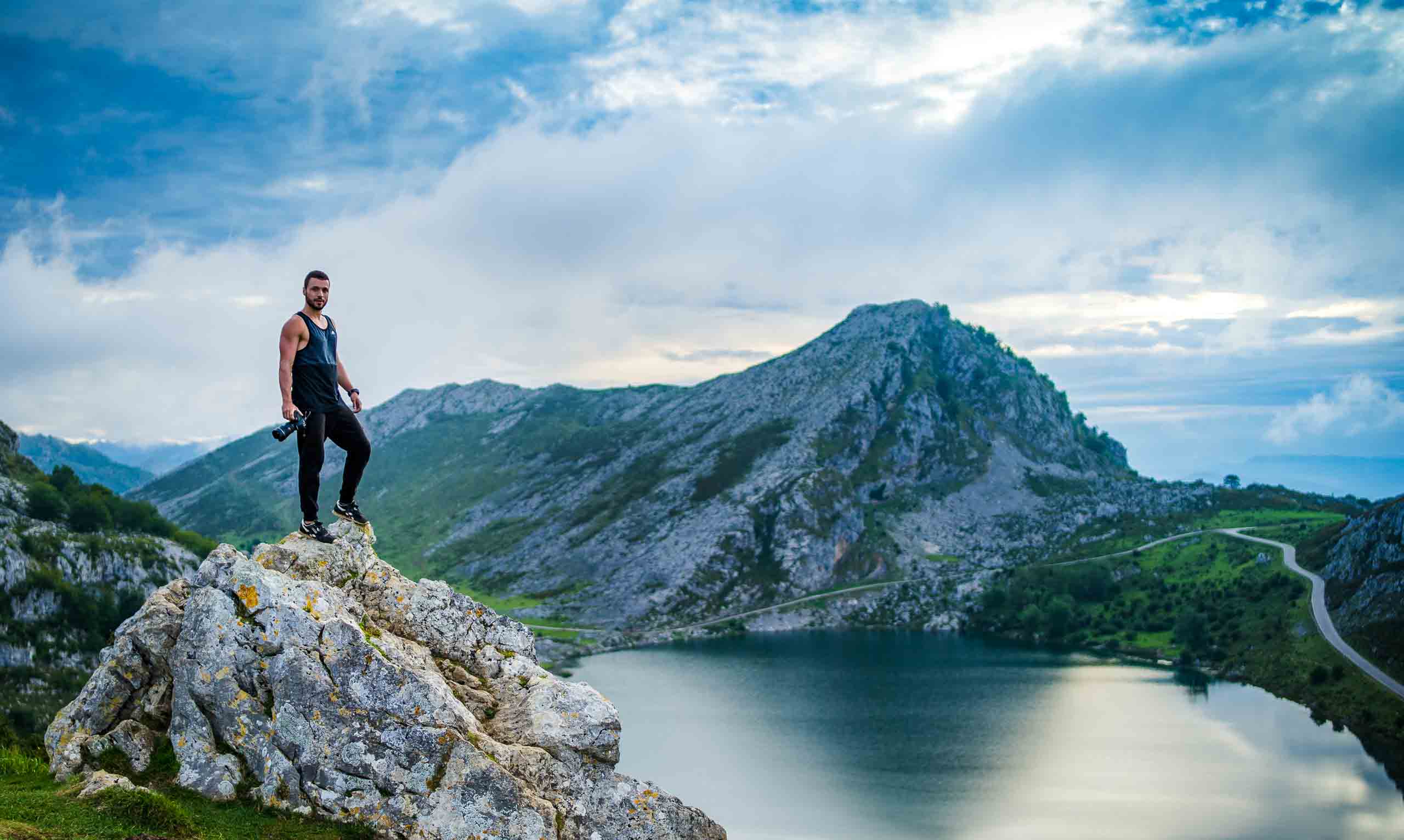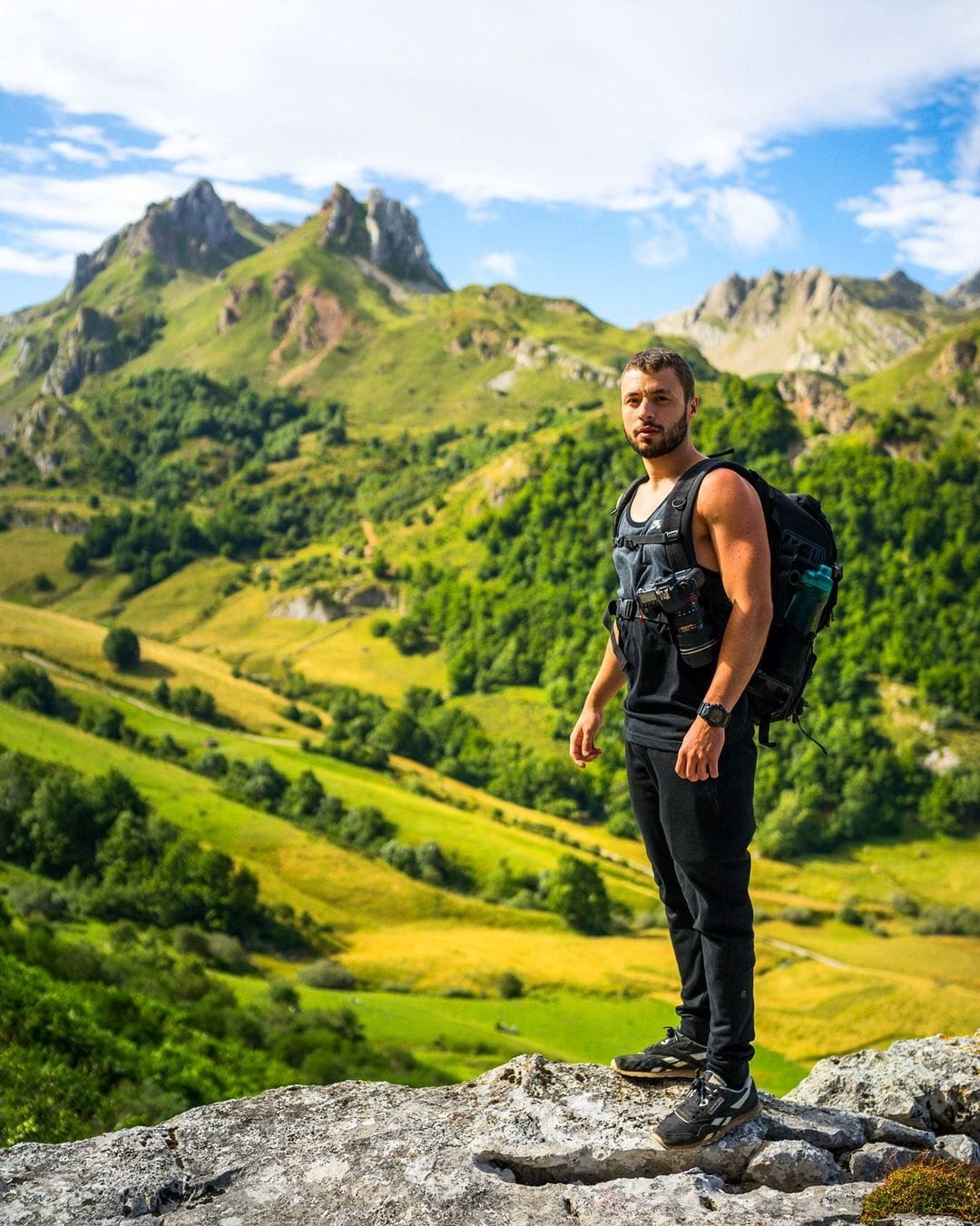From Parkour to Pixels: My Journey into Travel Photography and Blogging

I still remember the exact moment my passion for travel and photography ignited. It was 2015, and I had just returned from an exhilarating trip to Southeast Asia with four of my parkour friends. We spent three unforgettable weeks exploring Thailand, Malaysia, and Singapore, where we filmed parkour videos, captured countless photos, and even slept in hammocks on the streets. That trip was the turning point—a spark that fuelled an addiction to both travel and photography.
I started sharing my photos on Instagram, and the positive feedback I received encouraged me to take things a step further. Soon after, I launched my travel blog, kevmrc.com, as a platform to share my travel experiences, guides, and tips with a wider audience. I wanted to create a space where people could find authentic travel advice based on real experiences, not just sponsored content.
How I Transitioned from Parkour to Travel Photography
Before diving into the world of travel photography and blogging, I had a pretty unique background—I was a parkour coach and athlete with Parkour Paris. My life revolved around jumping, climbing, and flipping, which naturally gave me a different perspective on the world. I was always looking for new ways to challenge myself and see the world from different angles, quite literally.
But as much as I loved parkour, I found myself increasingly drawn to capturing the beauty of the places I was visiting. There was something magical about freezing a moment in time, whether it was the golden light of a sunrise over a remote mountain range or the vibrant chaos of a bustling street market.
The transition wasn’t immediate, though. I still have a day job as a project manager in big data for Stellantis, one of the largest car manufacturers in the world. Balancing work, travel, and photography has been challenging, but it’s also been incredibly rewarding. I used French bank holidays and my vacation days to squeeze in as many trips as possible—about 10 trips a year, to be exact!
My Travel Style: Comfy Adventure
When it comes to travel, I like to describe my style as “comfy adventure.” I’m all about finding that perfect balance between comfort and exploration. When my wife Nesrine and I travel together, we typically look for hotels that cost around €25 per night per person. We prioritize great locations, private bathrooms, and comfy beds. After all, a good night’s sleep is essential when you’re planning to hike all day!
Our trips usually involve a mix of adventure and relaxation. We love going on epic hikes to explore new areas, but we also make time to enjoy the local culture, food, and scenery. On solo trips or when I’m traveling with friends, I’m a bit more adventurous, opting for hostels and shared rooms to stretch the budget further.

The Importance of Self-Funding
One thing I’ve always been adamant about is self-funding my travels. I believe that staying independent allows me to be 100% honest and critical in my reviews and recommendations. When you’re not beholden to sponsors or paid partnerships, you have the freedom to explore places on your own terms and share genuine experiences with your audience.
For example, a short trip of about three days typically costs us around €180 per person, which includes flights, car rental, and accommodation. Longer trips, like a two-week adventure, usually run about €765 per person. By carefully budgeting and planning, I’ve been able to travel extensively without compromising on the quality of my experiences.
Gear Recommendations: What’s in My Camera Bag?
Now, let’s talk about gear. As a travel photographer, having the right equipment is crucial, but that doesn’t mean you need the latest and greatest gadgets. I’ve been using a Canon 6D since 2012, and while it’s far from the most advanced camera on the market, it gets the job done. It’s affordable, reliable, and has been my trusted companion on countless trips.
I primarily use two lenses; a Tokina 16-28 f/2.8 wide-angle lens for most landscape shots and a Canon 70-200 f/2.8 zoom lens for capturing details, portraits, and wildlife. These lenses cover a wide range of scenarios, from sweeping vistas to close-up shots of local flora and fauna. I also have a Canon 85mm f/1.8 lens that I use for product shots and portraits when I’m at home, though I rarely take it on trips.
In addition to my camera and lenses, I also travel with a DJI Mavic Pro drone, which has been invaluable for capturing aerial shots and adding a new dimension to my photography. The combination of ground-level and aerial perspectives allows me to tell a more complete story through my images.
Editing: Bringing Photos to Life
Editing is where the magic happens. After returning from a trip, I spend hours sifting through hundreds (sometimes thousands) of photos to find the best ones. I use Adobe Lightroom for about 90% of the editing process. Over the years, I’ve developed my own presets that help streamline my workflow, ensuring that my photos have a consistent look and feel.
Once I’m happy with the basic adjustments, I move on to Photoshop for any final tweaks. This might involve removing distractions, enhancing colors, or adding a bit of contrast to make the image pop. The goal is always to enhance the photo while staying true to the original scene.
Advice for Aspiring Travel Photographers
If you’re thinking about getting into travel photography, my first piece of advice is simple: start shooting. You don’t need the most expensive gear or exotic locations to begin. Some of my favorite shots were taken close to home, in the suburbs of Paris where I live. The key is to practice as much as possible and learn from each shot.
Don’t be afraid to make mistakes. Photography is as much about experimenting and finding your unique style as it is about technical perfection. Try different angles, play with lighting, and see what works for you.
Another tip is to invest time in learning the basics of photography. There are countless free tutorials available online, covering everything from composition to post-processing. I personally learned a lot from YouTube videos and photography blogs, as well as from a friend who’s a professional photographer.
Finally, remember that travel photography is about more than just taking pretty pictures. It’s about telling a story, capturing the essence of a place, and sharing your unique perspective with the world. Whether you’re shooting a bustling city street or a tranquil mountain landscape, aim to convey the emotions and experiences that make each place special.
The Future of Kevmrc.com
As I look to the future, I’m excited to continue growing Kevmrc.com and sharing more of my travel adventures with you. My partner in crime, Nesrine, plays a huge role in this journey. Not only does she help me with photography, but she’s also the Editor in Chief and the creative genius behind the website’s design. Her support allows me to focus on what I love most—exploring new places and capturing them through my lens.
In the coming years, I hope to visit even more countries, connect with fellow travelers and photographers, and continue providing honest, independent travel guides and tips. Whether you’re planning your next big adventure or just looking for a bit of inspiration, I hope you’ll join me on this journey.
About the Author:
Kevin Mercier is a highly experienced travel photographer and blogger, known for his deep passion for capturing the beauty of the world through his lens. Starting his journey in 2015, Kevin has traveled extensively, visiting over 26 countries and sharing his insights on his popular blog. His photography showcases breathtaking landscapes and authentic travel experiences.
If you enjoyed this guest article, make sure to check out these other great features:
- Mastering Mountain Photography with Moving Jack
- Dan Higginson on Managing a Wedding Photography Business
- Peter Craigman on Building a Six-Figure Photography Business
- Kari Bjorn on First Looks Wedding Photography Trend
If you'd like to learn more about the best practices for your photography business and discover helpful tips and tools, browse our growing collection of articles on our blog.

